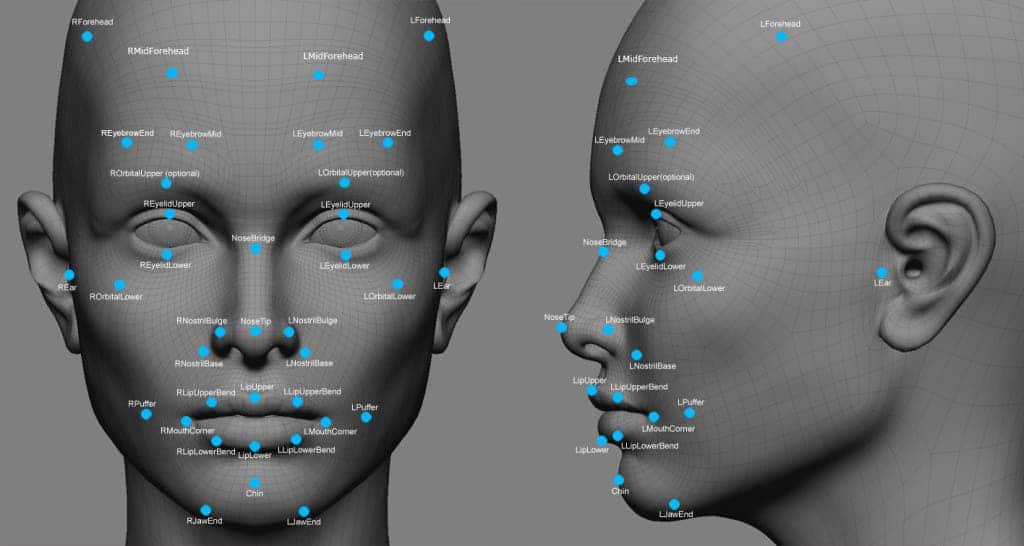Some people just have the knack of remembering the face of everyone they’ve met in their lives, while others, on the opposite end of the spectrum, have a difficult time recognizing who they met yesterday. Now, researchers at Emory have identified the oxytocin receptor, a gene known to influence mother-infant bonding and pair bonding in monogamous species, as an influencing factor in human face recognition. The findings could improve treatments and provide new strategies for improving social cognition in several psychiatric disorders, including autism spectrum disorder.
Previously, Emory researchers found the oxytocin receptor is essential for olfactory-based social recognition in rodents. In these early studies, the researchers bred mice with a mutated oxytocin receptor. These mice were found to be incapable of recognizing mice they previously encountered – something that normal mice take for granted. The findings spurred the scientists, led by Larry Young, professor at the Department of Psychiatry in Emory’s School of Medicine and Emory’s Center for Translational Social Neuroscience (CTSN), to investigate whether the same oxytocin receptor gene, or some other gene for that matter, has a major role to play in human social interactions, too.
Remembering faces: hard-wired in your genes
Young and colleagues studied 198 families with a single autistic child because these families were known to show a wide range of variability in facial recognition skills; two-thirds of the families were from the United Kingdom, and the remainder from Finland. After examining the influence of subtle differences of the oxytocin receptor gene present in the parents, non-autistic siblings and autistic child, the researchers found that a single change in DNA of this receptor had a significant impact on face recognition. With this in mind, the researchers conclude that it is very likely that the oxytocin receptor gene plays a major role in social information processing and becomes disrupted in disorders such as autism.
The implications may stretch farther than this, however. While humans and rodents share the same oxytocin receptor gene, their functions are different: rodents use odors for social recognition and humans use visual facial cues. This suggests an ancient conservation in genetic and neural architectures involved in social information processing that transcends the sensory modalities used from mouse to man.
Findings were reported in a paper published in the journal Early Edition of Proceedings of the National Academy of Sciences.










